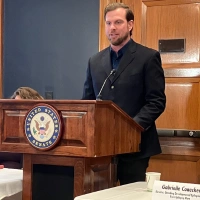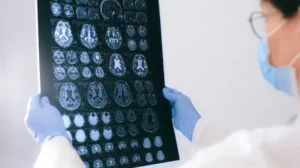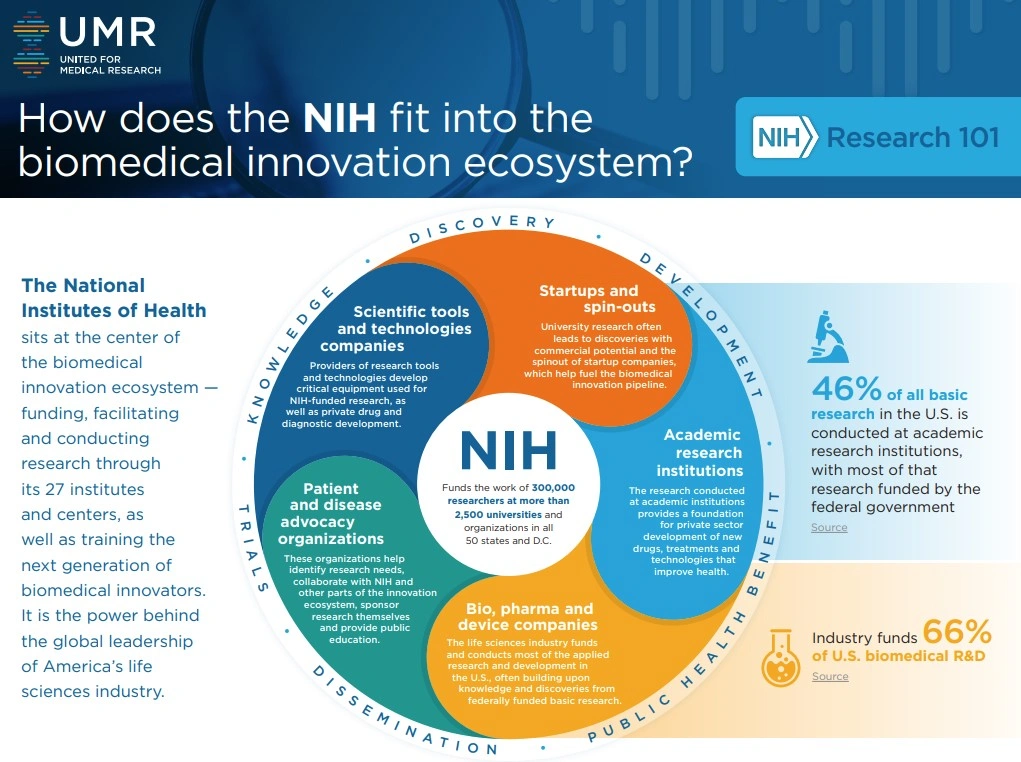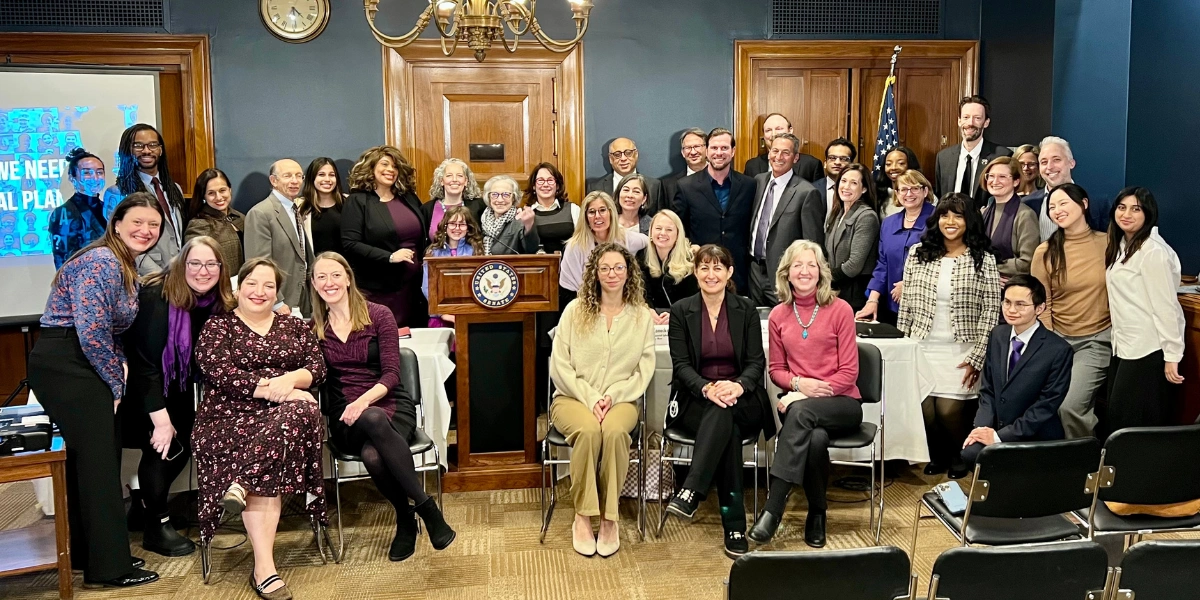Government investment is crucial to epilepsy research progress
The National Institutes of Health (NIH) and other federal health agencies support fundamental research that provides the building blocks for future medical advancements. Many of CURE Epilepsy’s 300+ research grantees have used data generated by their CURE Epilepsy-funded grants to secure subsequent, larger government investment to continue to progress their lines of research.
NIH Epilepsy Research PageOver our 27-year history, CURE Epilepsy has a strong track record of partnering with federal health agencies on everything from discrete research projects on PTE to agenda-setting thought leadership like creating the first Epilepsy Center Without Walls.
Ensuring the continuation of the US medical research enterprise is not just important—it is indispensable to transforming lives and finding cures. Funding at or above current levels enables the NIH to support basic, translational, and clinical epilepsy research that lays the groundwork for breakthroughs and cures. Underfunding, grant freezes and terminations, reductions in force and other cuts and programmatic changes risk stagnating our progress, leaving millions vulnerable to the devastating impacts of seizures and side effects.
Today we remain fully committed to using our voice and influence on behalf of people living with epilepsy and their families and will advocate for robust federal investment in medical research going forward.

Most life-saving innovations today for patients living with epilepsy arose from fundamental research supported by funding from the federal government. The simple reason is that the private sector does not invest in fundamental research. While much progress has been made in helping patients with epilepsy live to their full potential, free of seizures and disabling treatment-related side effects, much more work is needed. Without continued federal funding, new therapies, diagnostics, and medical devices may never reach the millions of Americans with epilepsy that desperately need them.
Professor of Neurology, Harvard Medical School
Advocacy isn’t just about policy—it’s about presence. It’s about showing up so that those living with epilepsy are not forgotten in budget decisions. Federal research funding drives hope, innovation, and progress, but it only happens when we raise our voices. When patients, caregivers, and clinicians come together, we become impossible to ignore.
Retired Marine Captain, Epilepsy Research AdvocateUnderstanding the Landscape
As a longtime leader in the medical research field, CURE Epilepsy is concerned about the impact the current uncertainty and upheaval will have on epilepsy research progress. The proposed 15% cap on indirect cost reimbursements for NIH funded research is an abrupt change that could throw the US research enterprise into turmoil. Layoffs and activity freezes at the NIH, Centers for Disease Control (CDC), Veterans Affairs (VA), and other federal agencies conducting medical research are impacting ongoing studies and having downstream effects on academic research labs and the critical early career scientist pipeline. The scale of federal investment in epilepsy and medical research is unmatched; private and nonprofit funding cannot bridge the gap if this cornerstone of public support falters.
Take Action: Contact Your CongresspeopleThe National Plan for Epilepsy
Passed by Congress and signed into law by the President, a national plan is a bill that leads to a federal investment in epilepsy. Epilepsy affects more people than multiple sclerosis, muscular dystrophy, Parkinson’s, and ALS combined. However, it continues to receive less research money per patient than each of these disorders.
Plan WebsiteGet Updates on Advocacy Straight to Your Inbox
Join our list to keep up-to-date on epilepsy advocacy and research news, as well as CURE Epilepsy news and events.










